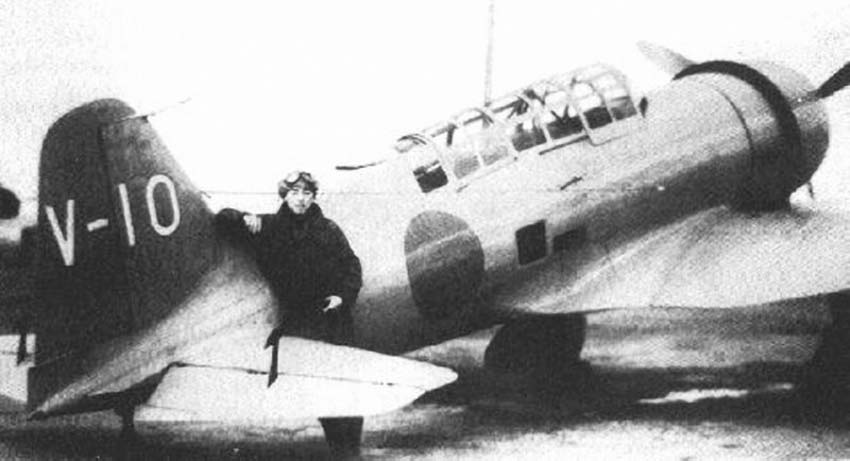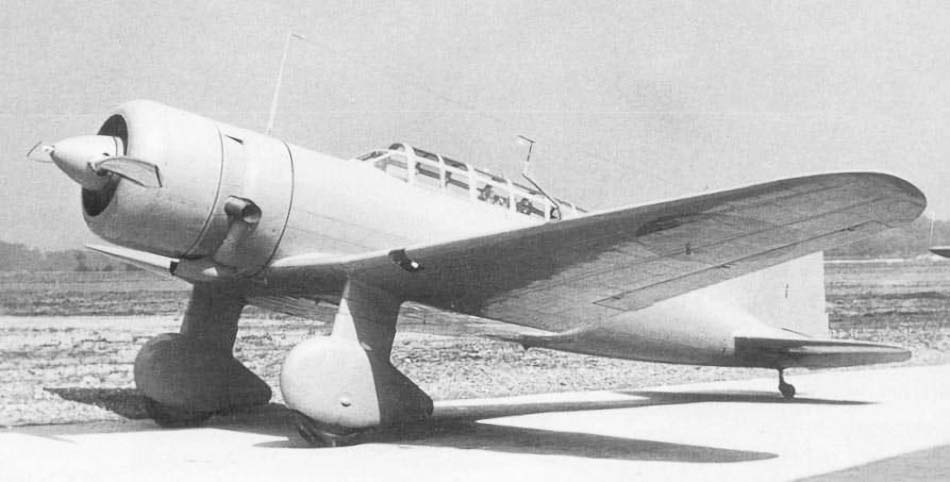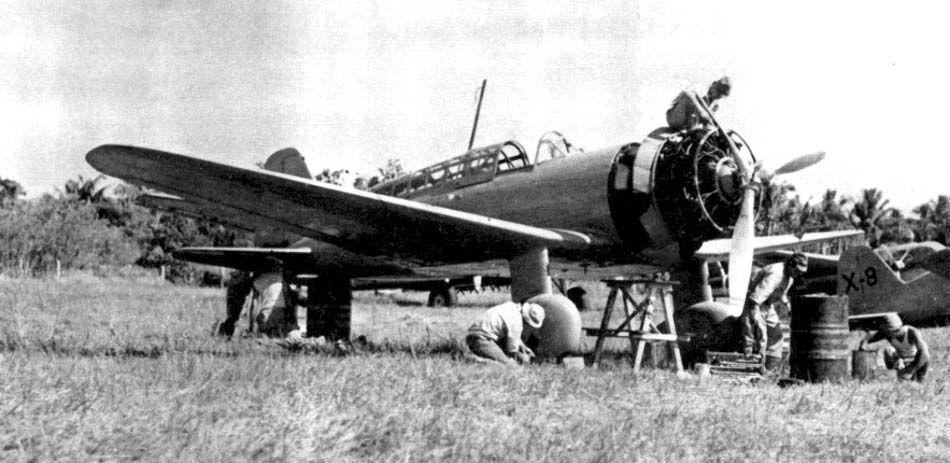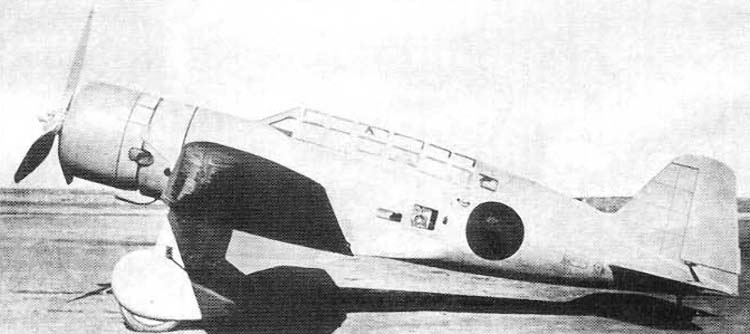Mitsubishi C5M
The Mitsubishi C5M was the Imperial Japanese Navy’s version of the Ki-15. Recognising the Ki-15’s speed and long-range potential, the Navy ordered its own modified version in 1937. The C5M was externally similar to the Ki-15 but incorporated naval equipment such as improved radios and navigation instruments, as well as minor airframe refinements.
Two main subtypes were produced:
- C5M1 – essentially the Army Ki-15 with naval instruments.
- C5M2 – an improved version with a more powerful Mitsubishi Kinsei engine and revised cowling, giving better performance.
In service, the C5M was used primarily as a reconnaissance aircraft to shadow enemy fleets, scout for carrier task forces, and provide long-range observation for naval operations. During the early Pacific campaigns of 1941–42, C5Ms were employed in spotting roles during attacks on the Philippines, the Dutch East Indies, and other targets.
Despite its speed advantage in the late 1930s, the C5M quickly fell behind modern Allied fighters like the F4F Wildcat and the P-40 Warhawk. By 1942, losses mounted whenever the aircraft operated in contested skies. As a result, the C5M was increasingly relegated to second-line duties such as training, liaison, and non-combat reconnaissance.
By 1943–44, most surviving C5Ms were retired or used only in rear areas. Like its Army counterpart, the design was simply too obsolete for modern air combat, but it had already provided valuable service during Japan’s initial campaigns.






